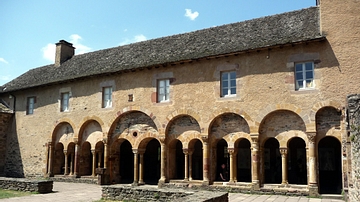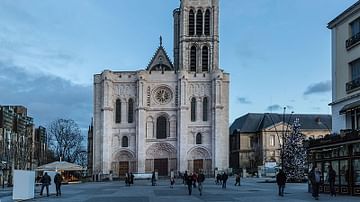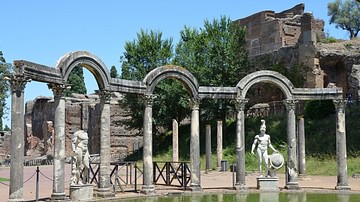Video
Cite This Work
APA Style
Kyokai, U. T. N. N. H. (2018, July 27). Arles, Roman and Romanesque Monuments (UNESCO/NHK). World History Encyclopedia. Retrieved from https://www.worldhistory.org/video/1530/arles-roman-and-romanesque-monuments-unesconhk/
Chicago Style
Kyokai, UNESCO TV NHK Nippon Hoso. "Arles, Roman and Romanesque Monuments (UNESCO/NHK)." World History Encyclopedia. Last modified July 27, 2018. https://www.worldhistory.org/video/1530/arles-roman-and-romanesque-monuments-unesconhk/.
MLA Style
Kyokai, UNESCO TV NHK Nippon Hoso. "Arles, Roman and Romanesque Monuments (UNESCO/NHK)." World History Encyclopedia. World History Encyclopedia, 27 Jul 2018, https://www.worldhistory.org/video/1530/arles-roman-and-romanesque-monuments-unesconhk/. Web. 24 Apr 2025.





